How to get rid of dog urine marks on grass – the best ways to fix stains, and prevent them in the first place!
Keep those yellow patches at bay


If you own a lawn and a dog, chances are, you’ve found yourself wondering how to get rid of dog urine marks on grass before.
And you wouldn’t be the only one – it’s one thing learning how to stop dogs from digging in the garden, but urine can damage a lawn just as much as any other canine habit.
Luckily, there are a few ways to fix dog urine marks on grass – and if you’re willing to take a few of these lawn care tips on board, it’s possible to keep your grass healthy and let your dog enjoy your garden.
1. Make sure your dog is hydrated
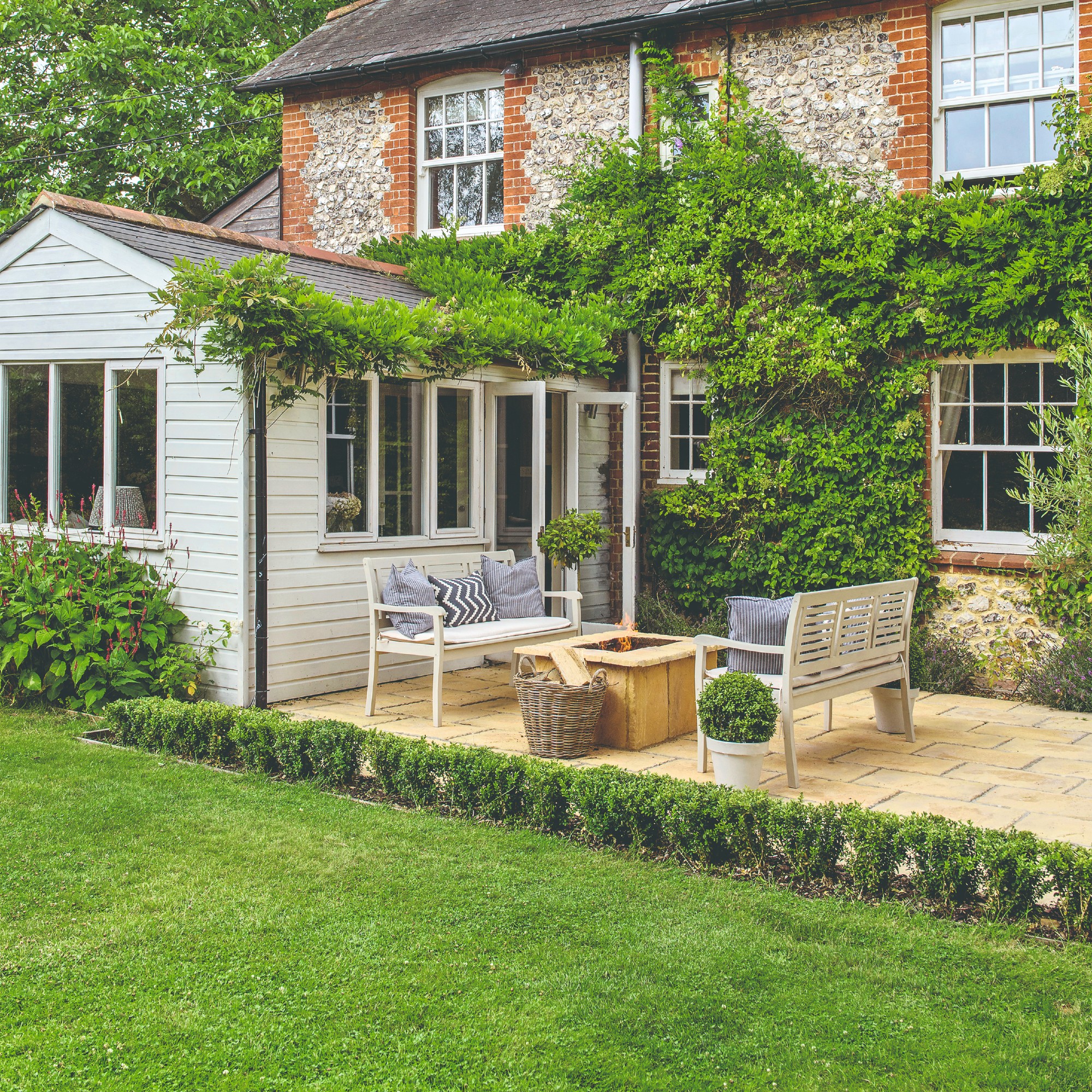
Prevention is better than cure, and before you learn how to get rid of dog wee patches on grass, it’s worth figuring out how to protect your lawn in the first place.
To do that, we have to understand why dog urine causes yellow grass – and it’s all to do with the chemical content.
‘Dog urine is a common cause of unsightly lawn damage due to its high nitrogen content,’ explains Cheryl Harper, managing director at Greensleeves Lawn Care. ‘When concentrated in one spot, this nitrogen acts much like an overuse of fertiliser, leading to scorched patches of brown, dead grass.’
Cheryl says that keeping your dog hydrated can dilute the nitrogen levels in the urine. A dog bowl that refills itself, like the Amazon Basics Dog and Cat Water Feeder, will ensure your dog has access to plenty of water.
Sign up to our newsletter for style inspiration, real homes, project and garden advice and shopping know-how
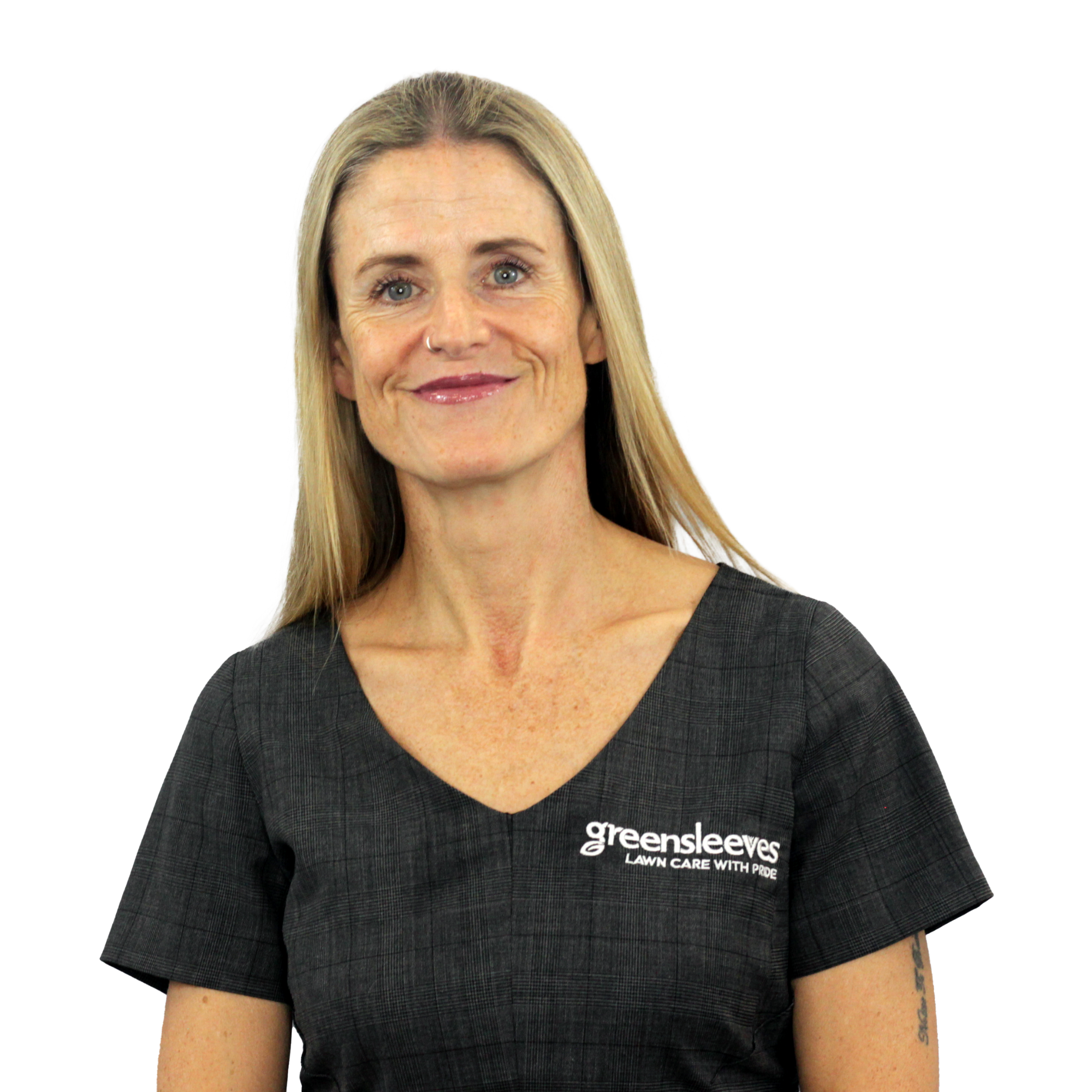
Cheryl Harper is the managing director of Greensleeves Lawn Care.
Established in 1998, Greensleeves Lawn Care is a UK-wide lawn care business with over 100 locations.
Changing up your dog-walking schedule has its benefits, too.
‘One of the simplest and most effective ways to protect your lawn is by getting your dog into a good routine,’ Cheryl says. ‘Taking them for a walk first thing in the morning means their most concentrated wee of the day ends up anywhere but your garden.’
2. Wash it away immediately
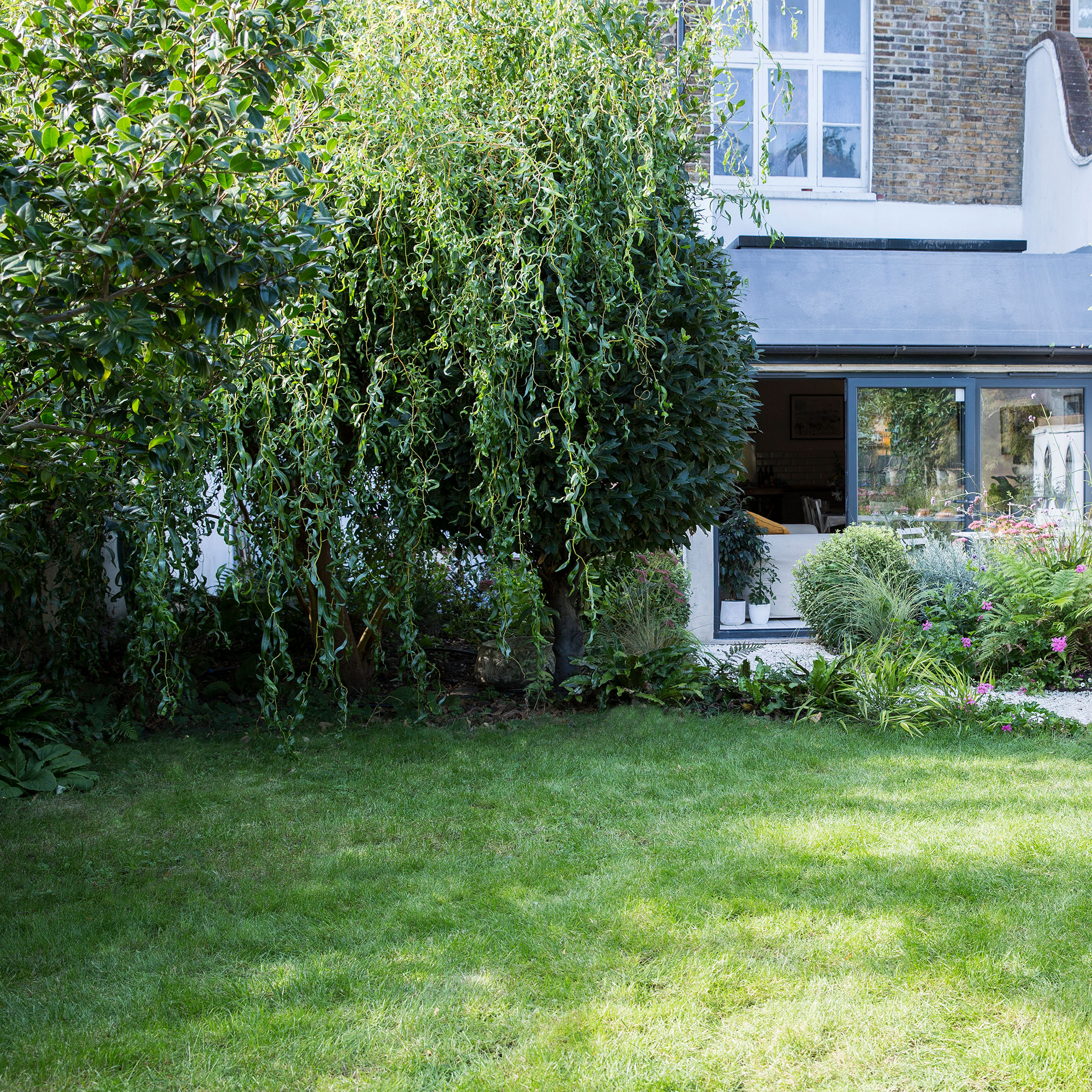
To really crack down on stains, you’ll have to be on the ball and keep a watering can or bucket handy for whenever your dog takes a toilet break outside.
‘To protect your lawn, thoroughly water the area where your dog has urinated with a watering can immediately,’ says Chris McIlroy, lawn expert at The Grass People. ‘This will dilute the pee and stop the grass from becoming scorched and yellow.’
This solution requires more effort, but it’s worth doing if you’re set on making your grass look greener than ever.

Chris is the technical product lead and in-house lawn seed expert for The Grass People, a grass seed company that champion their expert lead advice and high-quality seed. His advice is focused on sowing, mowing, and maintaining a perfect lawn, and how to overcome any lawn issues homeowners face.
3. Don't cut your grass too short
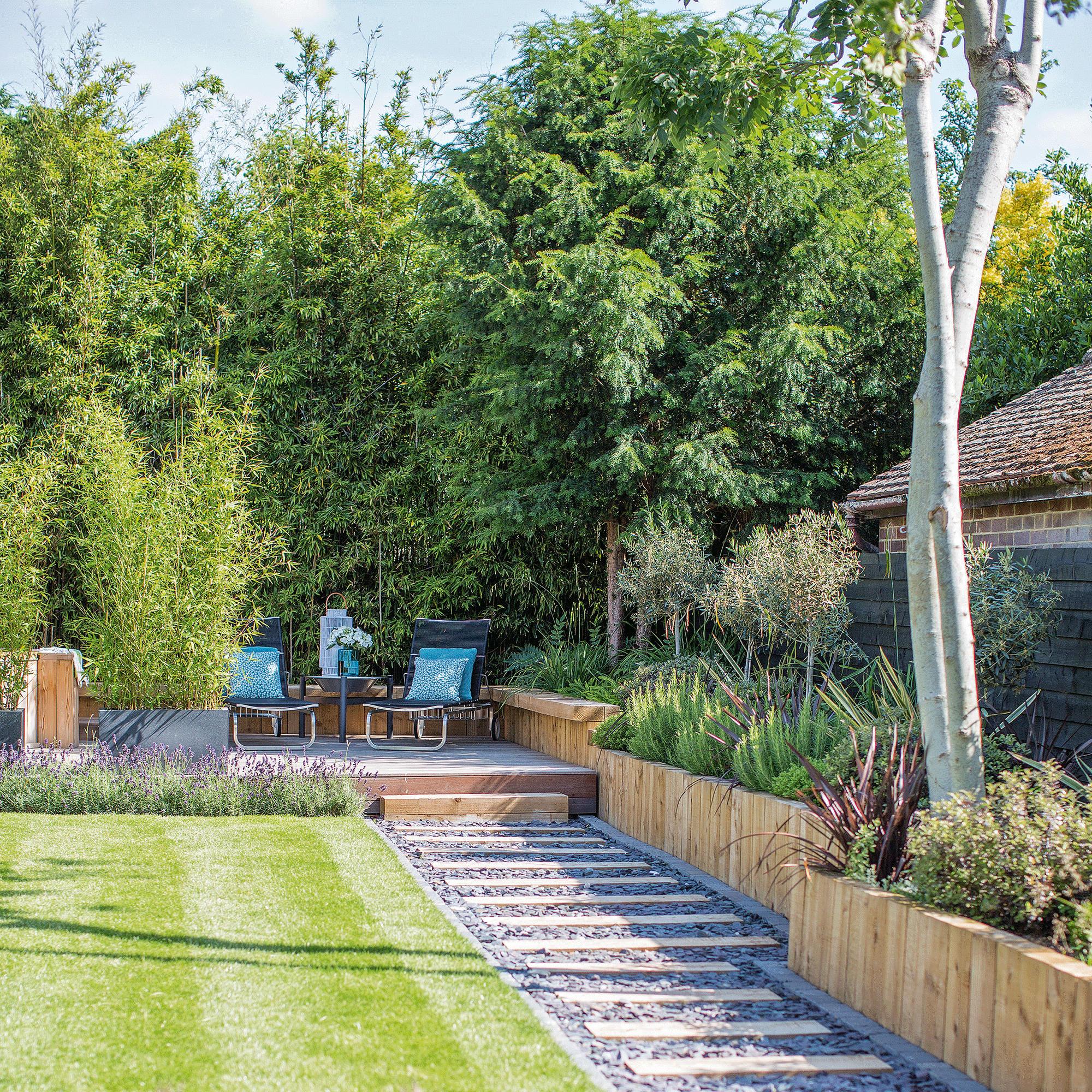
Monty Don says you should leave your grass long over winter, but apparently, taking the edge off your cuts can help limit the damage from dog urine, too.
‘When it’s time to trim your grass, raise the height of your mower so your lawn is not as short,’ advises Chris. ‘This will mean it is less sensitive to damage.’
In fact, cutting your grass too short is one of the most common lawn care mistakes.
4. Look at your dog's diet
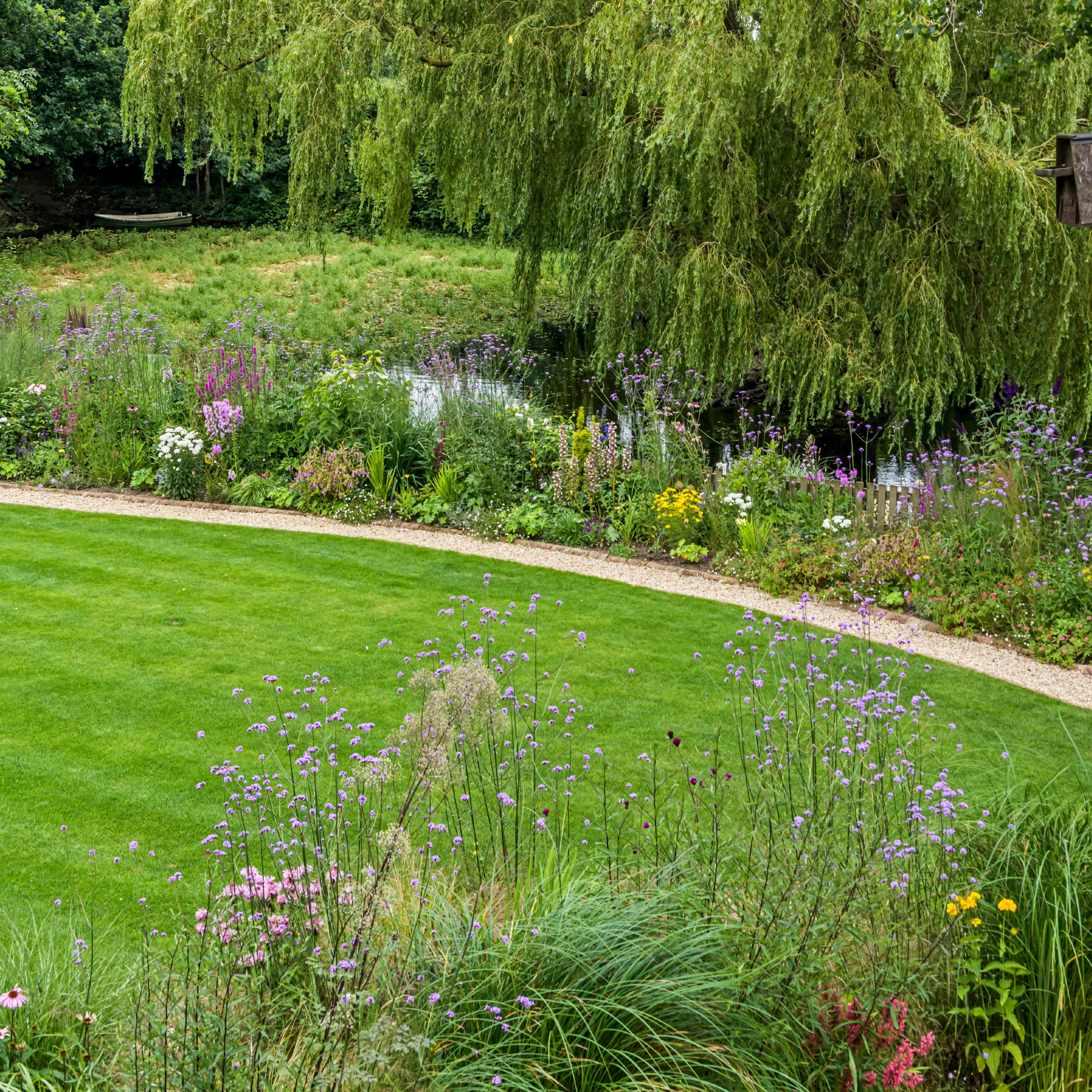
Besides taking your dog for an early morning walk, consider taking a closer look at their diet, which could be responsible for more than you’d think.
‘Although it’s worth discussing with your vet first, it might be a good idea to explore whether your dog’s diet is too high in protein,’ says Cheryl. ‘Finding a more balanced food could help reduce the strength of their urine.’
5. Seed over damaged areas
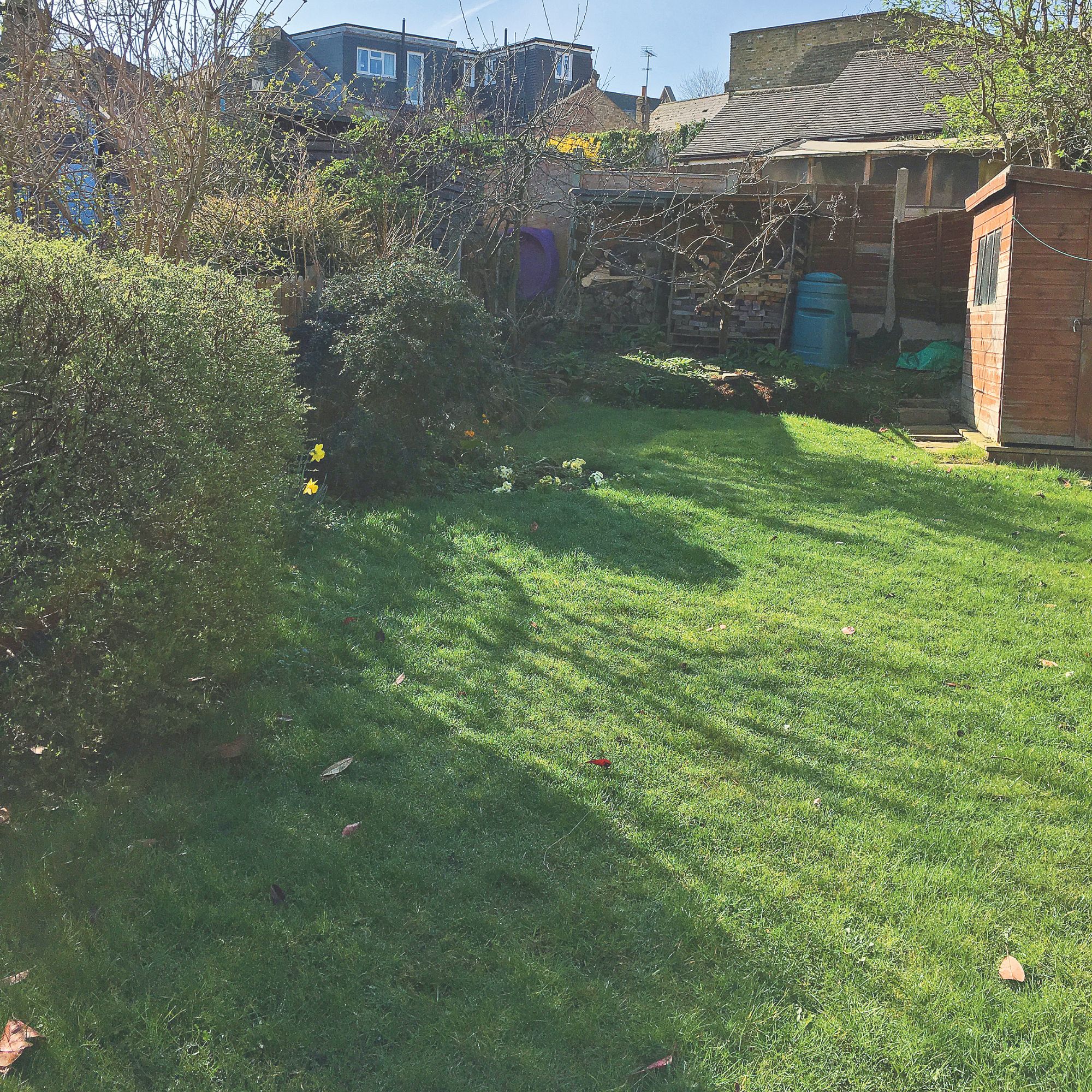
If you’re wondering how to get rid of dog urine marks on grass, it’s worth learning how to overseed your lawn to encourage fresh grass to replenish any yellow patches.
‘Overseed your lawn with a hardwearing and durable grass seed,’ says Chris. ‘It won’t stop your lawn from becoming damaged, but it will create a lawn that is more tolerant to wear and tear and can recover faster, which is important if your dog also likes to dig.’
Pronto's Super Speedy Grass Seed, from £7.99 at Amazon, is a bestseller.
If you can train your dog to pee in a dedicated corner of the garden, it’s a lot easier to keep on top of overseeding.
‘Some dog owners find success in training their pets to use a specific area of the garden, which helps to contain the damage,’ says Cheryl. ‘This designated spot can be re-turfed or repaired periodically.'
6. Or, start afresh
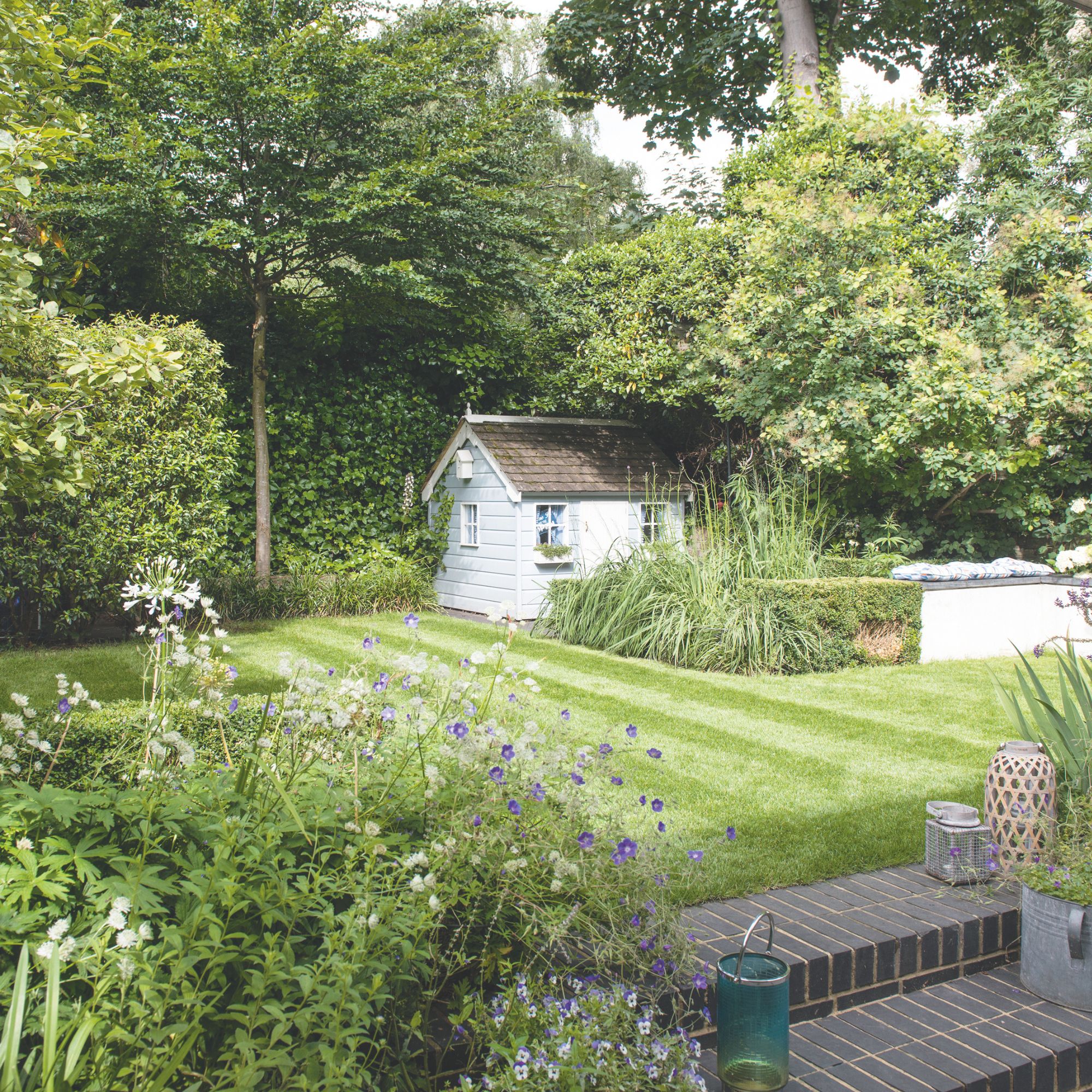
If the damage is extensive and your lawn is covered in stains, one of the best ways to get rid of dog wee patches is by reseeding your lawn.
‘Start by raking away the dead grass to create space for healthy new growth,’ advises Cheryl. ‘Then, lightly break up the soil in the affected patch and consider adding some top dressing to help provide nutrients and improve soil structure.'
Miracle-Gro's Evergreen Lawn Dressing from Amazon is a good choice.
‘Reseed the area with lawn seed and keep it well watered – consistent moisture is key to ensuring the new grass seed germinates properly,' Cheryl continues. 'With a little patience and attention, your lawn can bounce back from the damage.'
Luckily, there are plenty of ways to fix dog urine stains on a lawn, or at least limit the damage.

Sophie joined the Ideal Home team as Gardens Editor in June 2024. After studying English at Royal Holloway, University of London, she began writing for Grow Your Own, which spurred on her love of gardening. She's tried growing almost every vegetable under the sun, and has a soft spot for roses and dinnerplate dahlias.
As Gardens Editor, Sophie's always on the lookout for the latest garden trend. She loves sharing growing hacks for every space, from herbaceous borders to balconies.